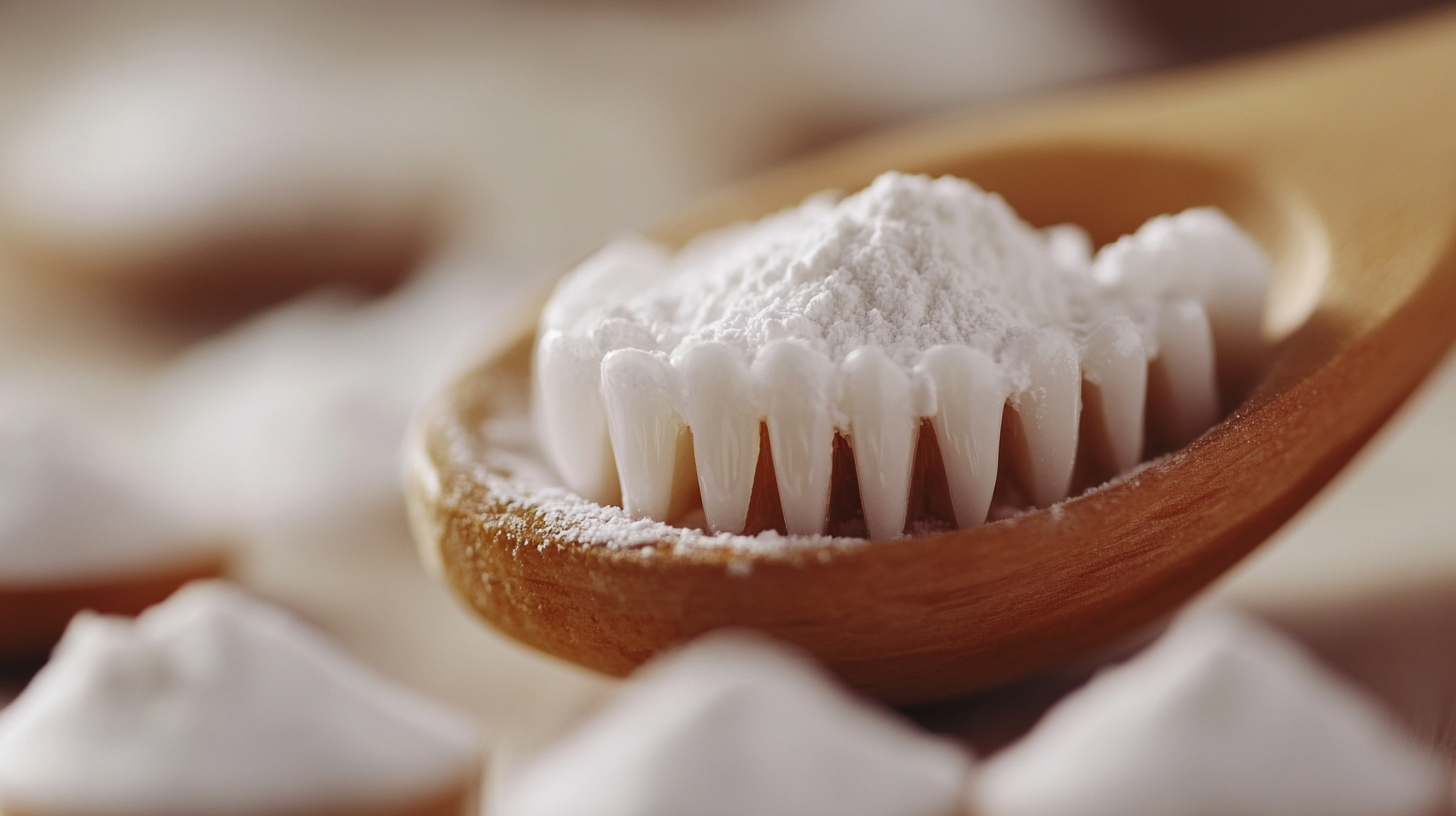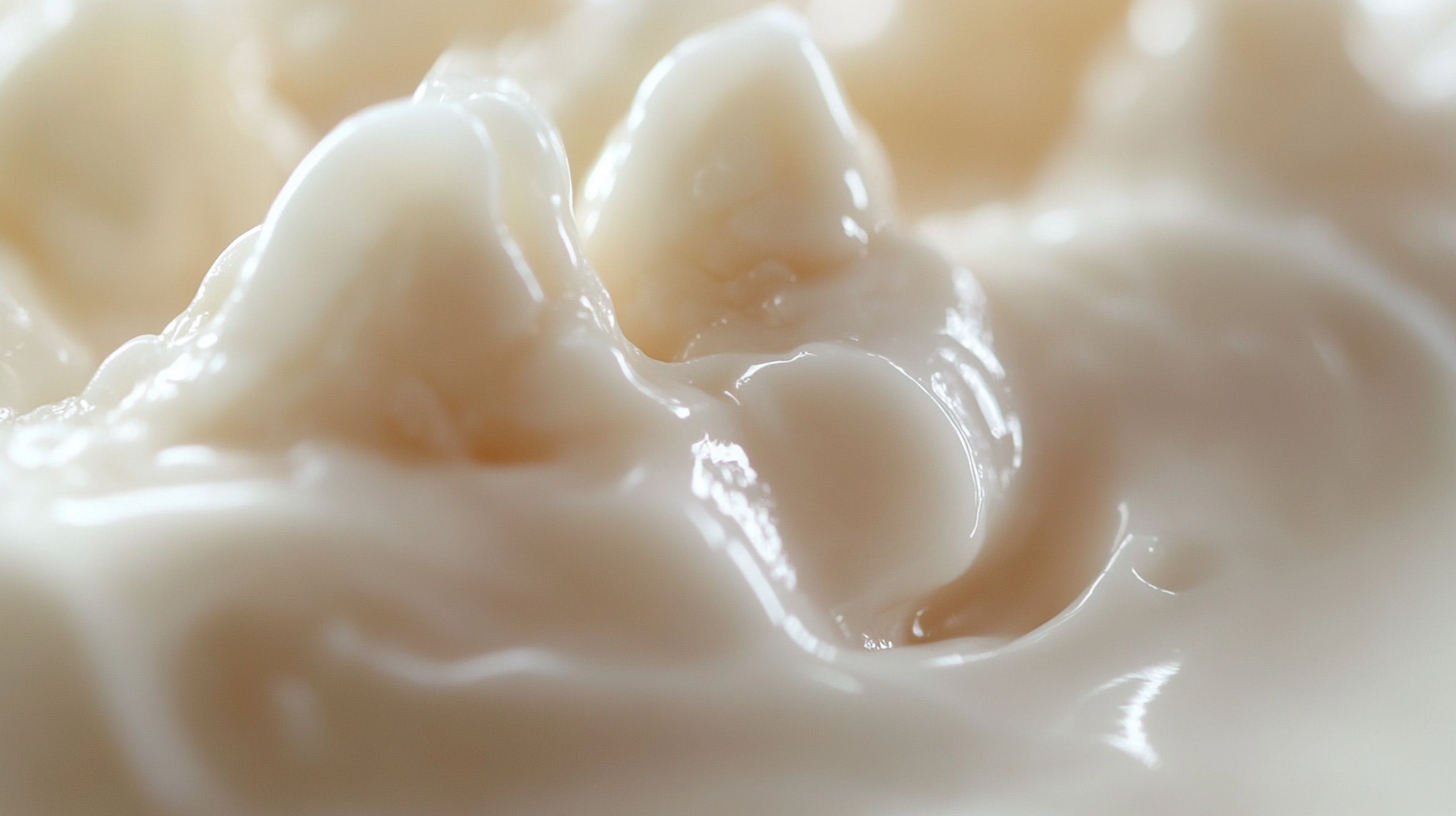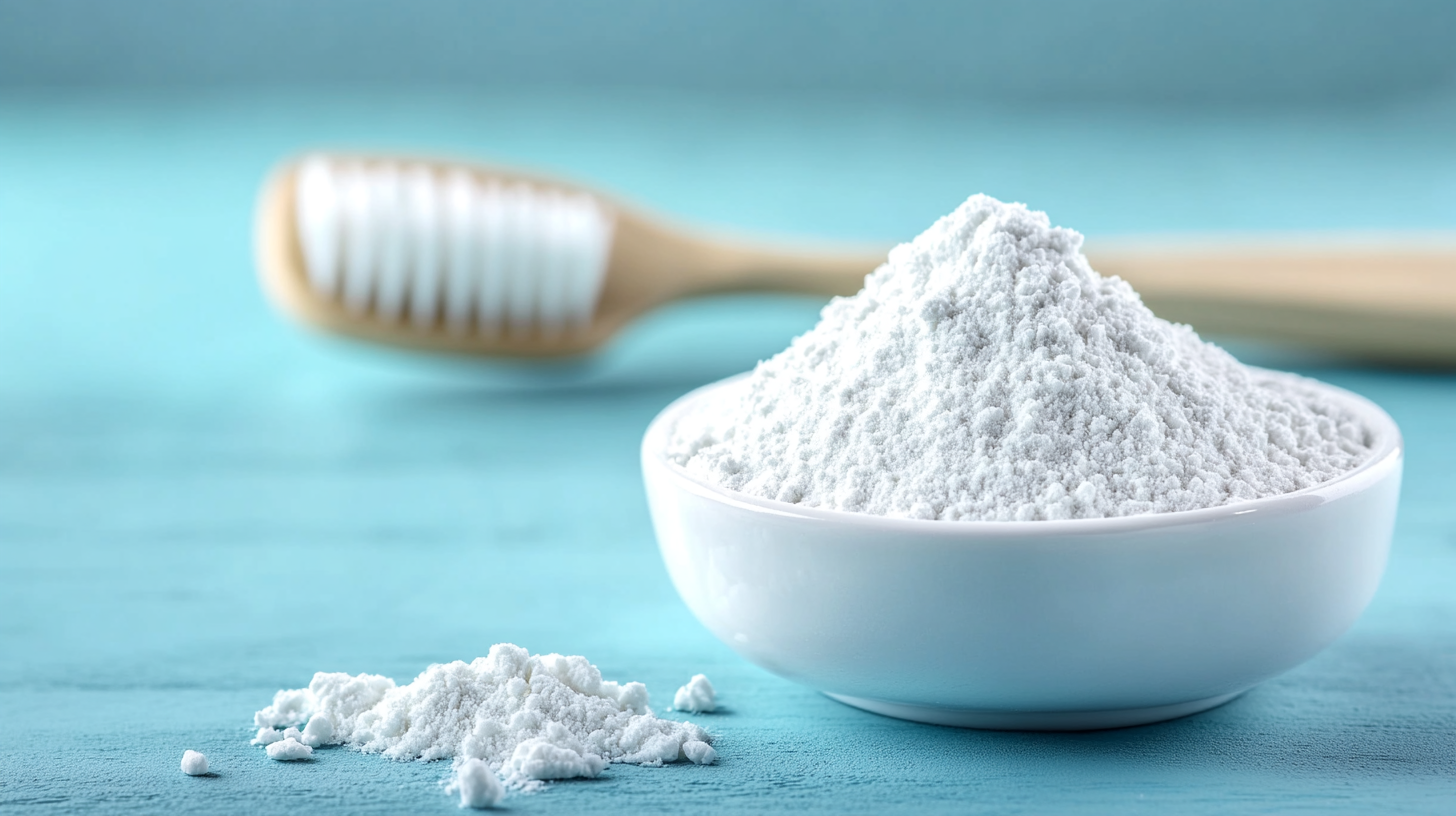Exploring the Unique Features and Applications of Various Teeth Whitening Powders
In pursuit of whiter smiles, the oral care sector has been hammered in such a manner that their teeth whitening products became a quintessential part of dental aesthetics. The "Teeth Whitening Powder" is one of such products emerging as a favorite alternative to traditional whitening treatments. The American Dental Association reported an ever-increasing trend of demand for teeth whitening solutions, with a large portion of customers showing interest in do-it-yourself whitening. As highlighted in industry reports, the Teeth Whitening Market is expected to exceed $7.4 billion by the year 2024, showing this increased trend toward at-home solutions, particularly whitening powders that provide convenience and efficacy.
Teeth whitening powders have gained notoriety not only for their supposed benefits but also for their distinct formulations tailored to the varying preferences of consumers. These powders often extend their application of natural ingredients like activated charcoal, baking soda, and numerous herbal extracts soothing to the health community and eco-conscious consumers. The Journal of Cosmetic Dentistry claims that over 50% of the participants in a survey favored whitening powders over gels or strips, which showcases a consumer preference shift. This blog article will present a detailed overview of many types of teeth whitening powders and their peculiarities, usages, effectiveness, and acceptability towards a bright smile.

Understanding Different Types of Teeth Whitening Powders: A Comprehensive Overview
So, here let us describe a few types of teeth-whitening powders, which are gradually becoming a household answer to getting a brighter smile. These powders may have different ingredients in various formulations, each exhibiting its own special characteristics and advantages. The most popular ingredients include activated charcoal, baking powder, and powders based on natural herbs. To elaborate, activated charcoal is famous for absorbing impurities and toxins, thereby removing surface stains from coffee, tea, or smoke. It does all this while mildly polishing the teeth for oral benefits. Baking powder is a widely used teeth-whitening powder, known to be present in every household. The alkaline nature helps neutralize acids in the mouth, which in turn reduces plaque growth and cavities. Also, baking soda can gently abrade the surface to lift stains without harming the enamel. Its easy availability and low price are facilitating many to try it out instead of professional whitening products. Natural herb-inspired powders engage botanical ingredients to achieve teeth whitening from the more holistic route. Ingredients like neem, clove, and mint can whiten but also work antibacterial wonders, promoting overall dental health. The powders will often appeal to those in need of ecological and chemically excused methods to accompany their oral hygiene care. Each of these teeth-whitening powders probably will have its own merits so that individuals can choose which product best fits their specific needs and preferences.

Key Ingredients in Teeth Whitening Powders and Their Impact on Effectiveness
The whitening powders have experienced an unprecedented surge in popularity thanks to their extraordinary features and applications, especially since demand among consumers wanting to seek improvement on traditional whitening methods has also increased. Powders derive their efficiency primarily from key ingredients involved in determining their interaction with enamel and stain-removal efficacy. Common ingredients include activated charcoal, baking soda, and hydrogen peroxide, all of which confer a certain set of advantages. Activated charcoal, which has adsorbing properties that help trap and dislodge surface stain deposits; baking soda is a mild abrasive that acts to polish the teeth and also to neutralize acidity in the oral cavity.
Within recent trends, a further rise can be observed concerning whitening products in the beauty and personal care business, such as the emergence of charcoal toothpaste and whitening powders. One article, for instance, explains how several super-popular whitening toothpastes are considered effective for cleaning and whitening purposes. These whitening toothpastes use ingredients that are often found in whitening powders and are much easier to handle when it comes to everyday brushing. Therefore, an understanding of how these whitening agents would affect the integrity of teeth is imperative since some of them, say hydrogen peroxide, might induce sensitivity when used too much.
Interesting products in the line of purple toothpaste more recently have appeared, claiming ability to neutralize yellowish overtones in teeth. In this conflict with color-triangle aesthetics, this technique adds immensely to the effectiveness of teeth-whitening products. Armed with knowledge about the benefits and disadvantages of these agents, consumers will be able to make informed choices toward specific whitening goals. Thus, the examination of active ingredients within teeth-whitening powders elucidates not only thier efficiency but also stimulates a great nuance in understanding oral care products in general.

Benefits of Using Teeth Whitening Powders Over Other Whitening Methods
Over the years, tooth whitening powders have been embraced as an alternative to traditional whitening systems in strip and gel form. The first and foremost key feature of these whitening powders is their natural nature. Many of them are made with ingredients like activated charcoal, baking soda, and natural minerals, catering to chemical-free seekers. The cosmetics industry believes in natural ingredients that will be gentle on enamel and safe for long-term use, thus avoiding all the intimidation associated with stronger chemicals usually found in other whitening products.
Teeth whitening powders are convenient and easy to use. Users can simply mix the powder with water or coconut oil to form a paste and incorporate it into their daily oral hygiene routine. This level of versatility means individuals can customize their whitening experience according to personal preferences. Plus, because the powder is fairly easy to carry around, these are a great choice for whitening on-the-go with enough space in the bag for fitting in and not the bulky package.
Furthermore, teeth whitening powders often provide instant results for the user. In contrast with other whitening techniques that might show results after weeks of use, many users also state that they are able to see a noticeable difference within a few applications. This instant feedback helps encourage compliance, motivating users to incorporate teeth whitening into their everyday dental care and thus achieving much more significant long-term results. All these unique features and benefits make whitening powders one of the most attractive and effective ways to brighten any smile.

Application Techniques: How to Achieve Optimal Results with Whitening Powders
First, to maximize the advantages of teeth-whitening powders, their application techniques are important. The first and most important factor is a product that fits the dental need. Well, activated charcoal, baking soda, or particular whitening formulas, ingredients, and properties should be studied to get the best results as this sort of powder works best because each powder has its own characteristics. Some powders are better than others in addressing certain types of stains or sensitivities of enamel.
Proper application is the most important consideration once you have chosen an appropriate whitening powder. To begin, slightly moisten your toothbrush and dip it in the powder to ensure an even covering. Brush the teeth gently in a circular motion for about 2-3 minutes, making sure to brush all of the surfaces, including the gum line. It would be best to observe the instructions on the frequency of usage indicated by the product for though it works well, abusing it may lead to enamel erosion. Again, for better results, one might consider compounding these whitening powders while using a gentle toothpaste in order to help retain the brightness between treatments.
Arguably mouth rinses or foam treatments after brushing can take the whitening treatment further. Ingredients normally found in these products are mainly those involved in cleaning apart from offering their locking effect on the whitening powders. Best consult your dentist before beginning any whitening regimen, especially if you have sensitive gums or existing dental work. Achieving a perfect bright smile with whitening treatments is possible with the right techniques and precautions.
Safety Considerations and Potential Risks of Teeth Whitening Powders
Teeth whitening powders have enthralled many users for their convenience and possibility for brightening faces. Like any cosmetic treatment, the issue of safety measures and concerns should not go unnoticed. A great many whitening powders contain abrasive substances that could result in enamel wear if used excessively or improperly. This also means that teeth don't have to last, which eventually causes sensitivity and decay susceptibility.
Moreover, some whitening powders may also be comprised of peroxide or other bleaching agents which might irritate the gums and soft tissues of the mouth. Users should be conscious of the frequency of application of these products and should think about opting for a lower concentration used to minimize the chances of side effects. Regular visits to the dentist can also be useful for assessing the effectiveness of teeth whiteners and if they damage the person's overall oral health status.
Last but not least, individuals with pre-existing conditions related to tooth cavities or gum diseases need to consult a dentist before using any whitening powders. A professional would then provide personalized directions and alternative methods that are result oriented and safe so that finding that perfect bright smile does not have adverse effects on the overall dental health.
